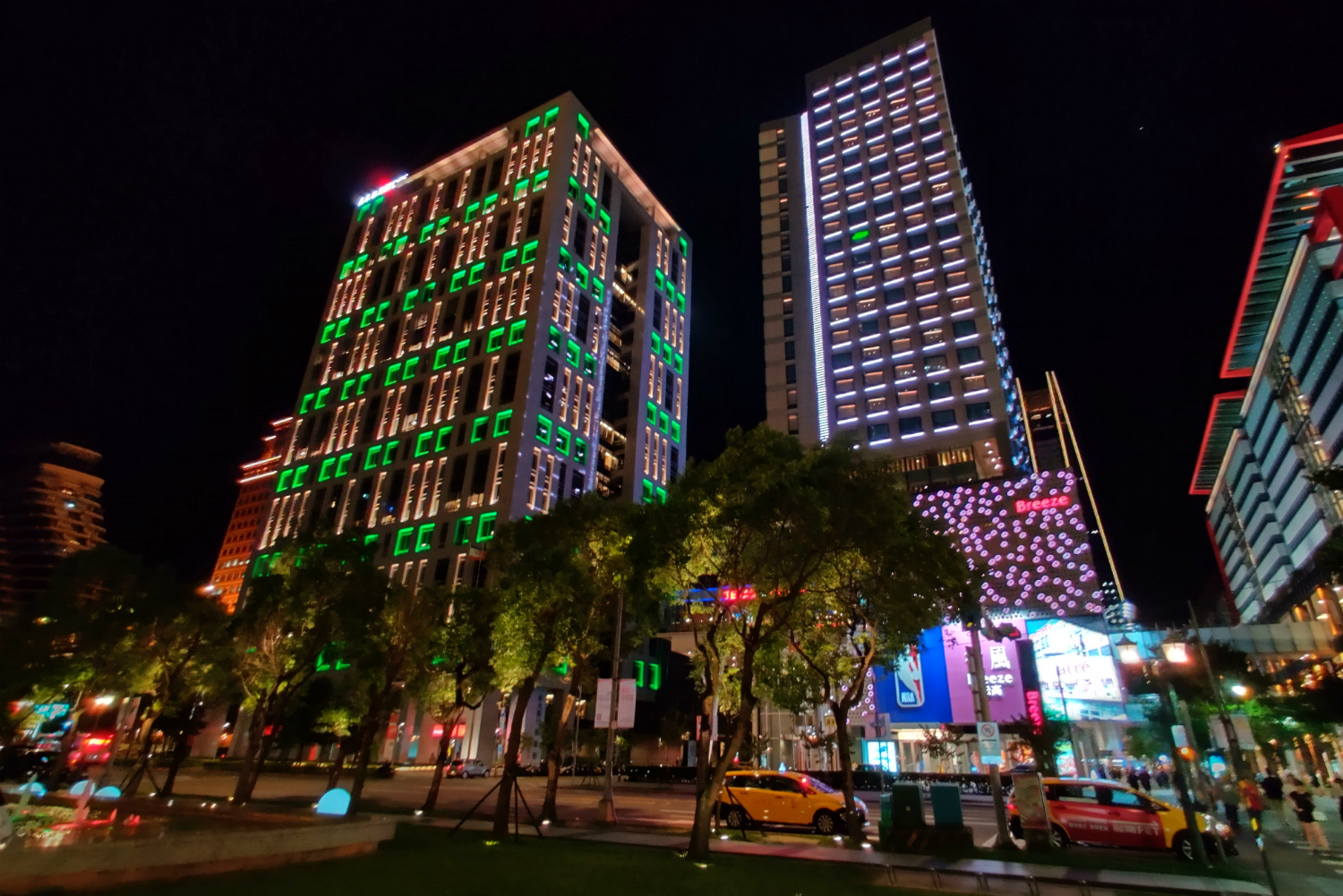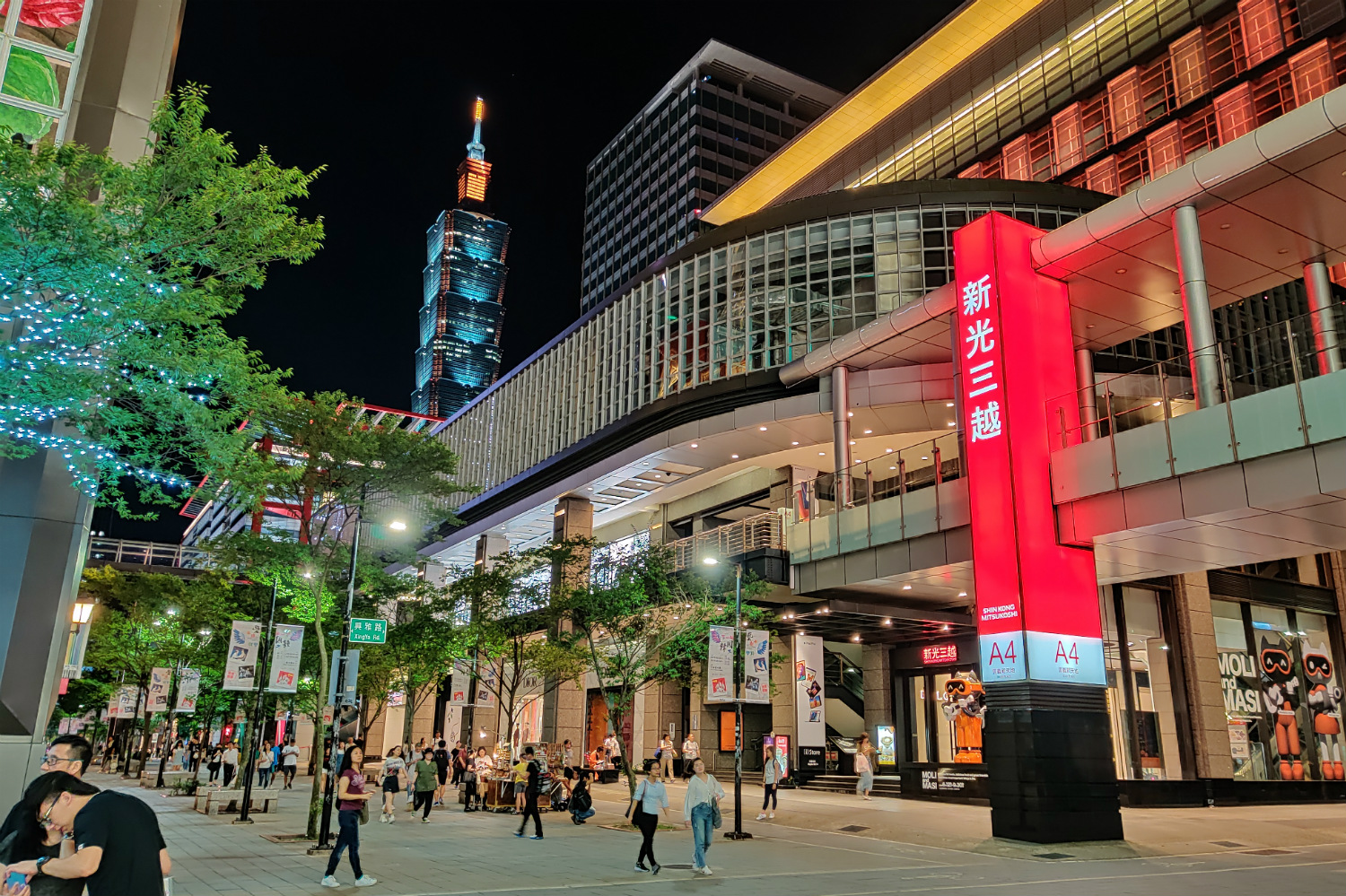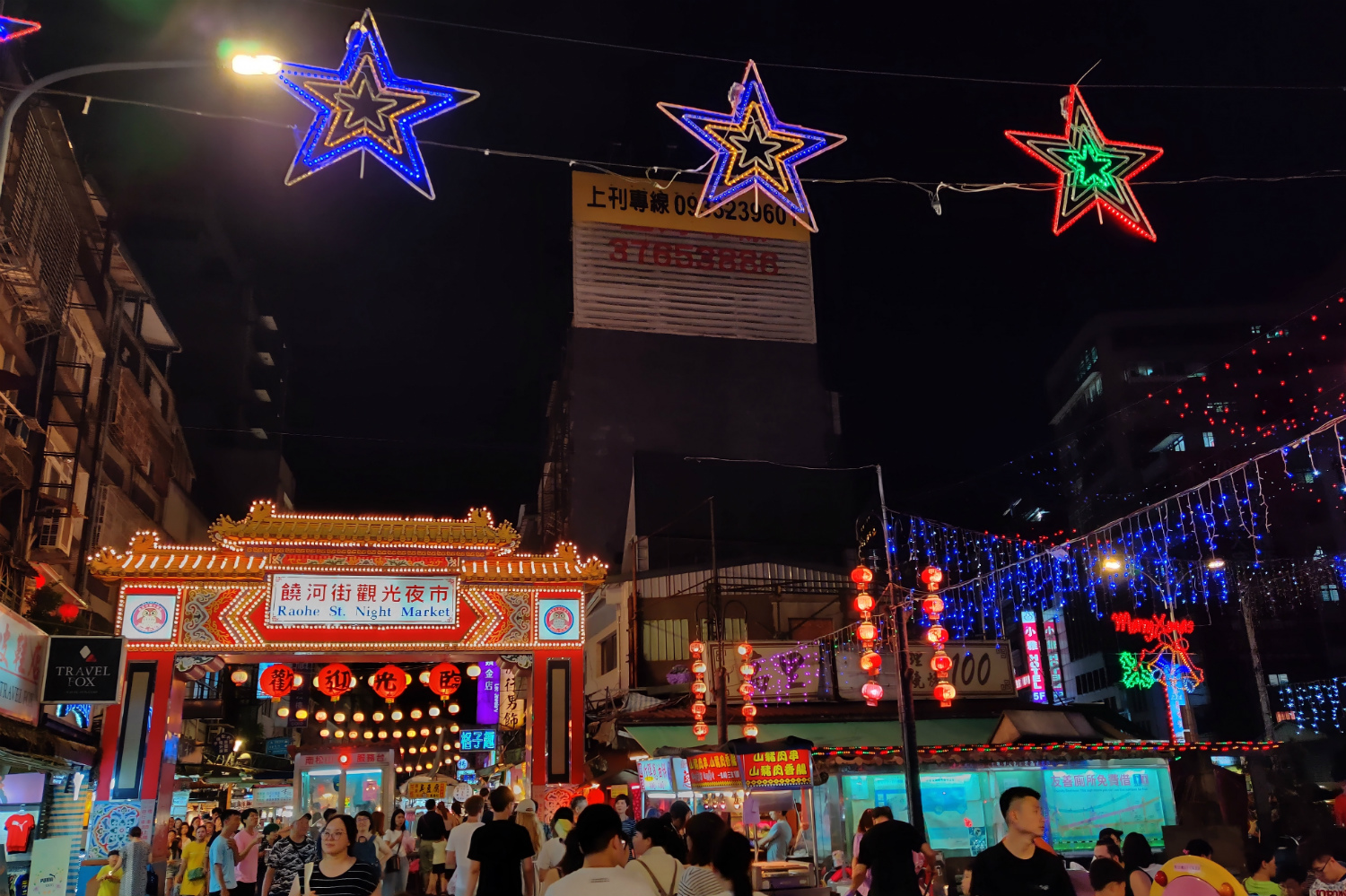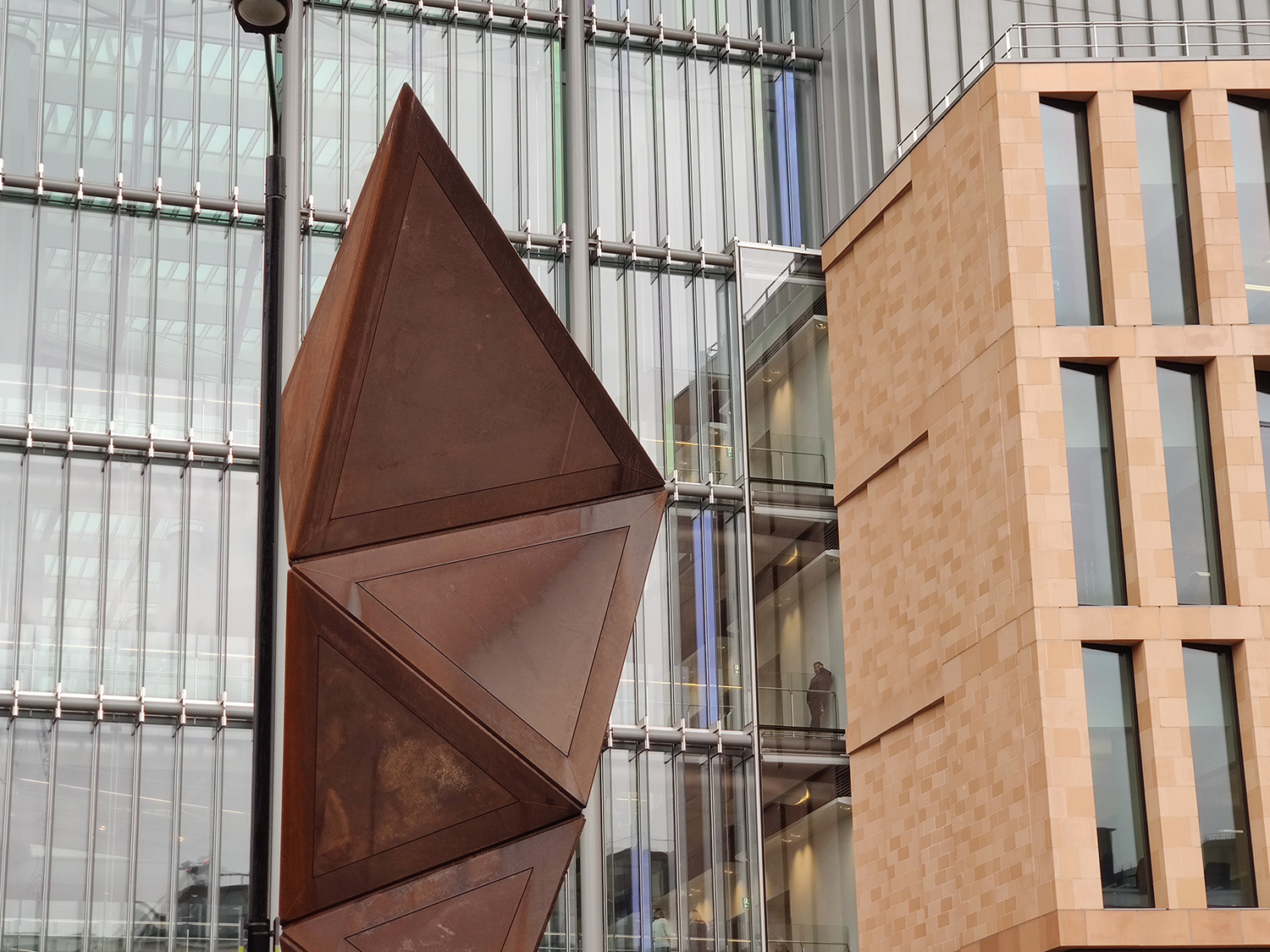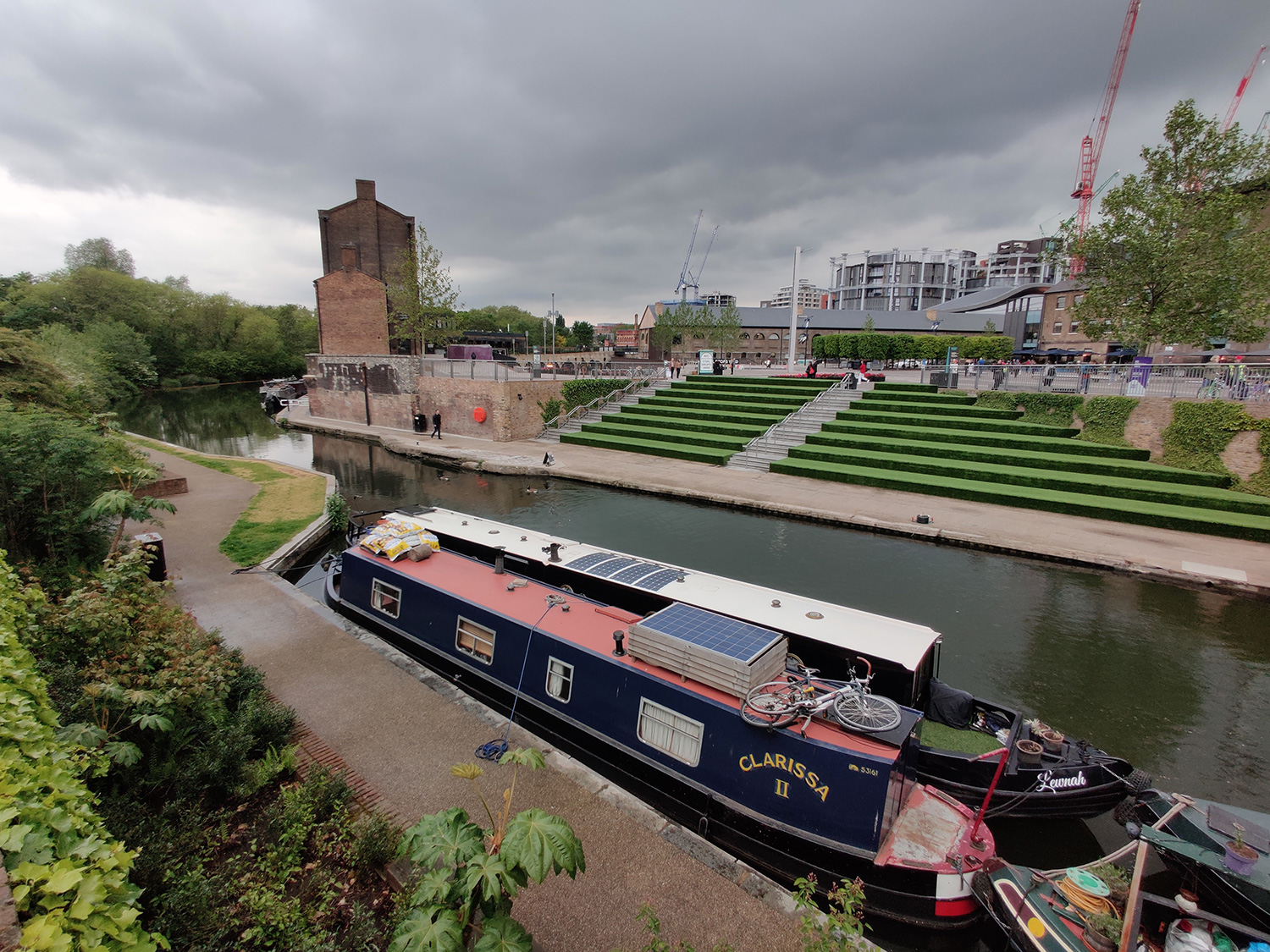- Stunning screen
- Speedy performance
- Fast cable charging
- Competitive price
- Versatile camera array
- No IP rating
- No wireless charging
Is it really possible to have a multi-phone winning streak? Can a manufacturer keep making phones that are easy to recommend over several years without a misstep? If you’re OnePlus, then yes, it is. I’m beginning to assume it has made a deal with a very powerful entity somewhere to ensure its continued success.
The OnePlus 7 Pro may cost more than any other OnePlus phone before it, but no matter if you class it as a mid-range or a premium device, it still manages to blow the competition away. If you want the 12GB RAM model, which comes with 256GB of internal storage, OnePlus will relieve you of $750. That’s a lot more than the $580 OnePlus 6T — but make no mistake, you’re getting a lot of impressive tech for this price.
But at the same time, as the cost creeps ever higher, there are missing features I’m less willing to forgive. None are deal-breakers, but it’s a cutthroat world out there, and the competition has never been tougher.
Stylish, with a fantastic screen
Unless you’re allergic to phones that look absolutely fantastic, you’ll love the OnePlus 7 Pro’s style. It’s around the front that OnePlus scores the biggest points. Just look at the bezels around that enormous 6.67-inch AMOLED screen. Or rather, don’t. Because they’re almost not there, and neither is a notch.
Not since the Oppo Find X have I gasped over such a wonderful expanse of screen so unencumbered by ugly bezels. It’s glorious in every way — gigantic to the point of overkill, bright like a star going supernova, and smoother than a freshly-waxed seal.
This slippery smoothness comes from a 90Hz refresh rate for low latency and greater response. Does it work? Yes, it does, and once you’ve used the OnePlus 7 Pro for a few weeks you won’t want to look at another type of screen again.
It’s not the first time we’ve seen this technology. The Asus ROG Phone shares a 90Hz refresh rate screen, while the Razer Phone 2 and ROG Phone 2 both have 120Hz refresh rate. Because OxygenOS supports the high refresh rate, everything from the menus to standard apps feel buttery smooth and very responsive as you scroll. There are games that support the 90Hz refresh rate, and I didn’t notice annoying stutters when scrolling quickly though Twitter and Chrome, so it works well.
Play 1440p content like this Iz*one music video, and you instantly see how fantastic the screen looks. It’s AMOLED too, thanks to a collaboration with Samsung, so the black levels and overall contrast is spectacular. The massive 3,140 x 1,440 screen resolution means there’s more detail available than most content will offer up anyway. There’s even HDR10+, for more accurate colors on supported platforms. One thing I have noticed is that during calls, the screen will sometimes activate, resulting several times in me activating airplane mode with my cheek, this disconnecting the call. Annoying.
Unless you’re allergic to phones that look absolutely fantastic, you’ll love the OnePlus 7 Pro’s style.
Do you get the message? Looking at the OnePlus 7 Pro’s screen is more captivating than staring into the eyes of an angel, but what about the body it’s wrapped up in? More than ever, the OnePlus 7 Pro’s design and style can be traced back to Oppo and Vivo, its compatriots in the BBK Electronics family. The deep, matte-finish Gorilla Glass 5 panel on the back is part OnePlus 6T and part RX17 Pro. It looks great, but it’s relatively ordinary. The centrally-mounted camera lens hump sits above the OnePlus logo, and that’s about it for singling it out as a OnePlus phone.
It’s quite thick and heavy too. The 7 Pro weighs 206 grams, and it’s really noticeable, especially coming from lighter flagships like the Huawei P30 Pro and the Pixel 3 XL. Put it in a case, and it gets worse; an already sizeable 8.8mm thick chassis gets bigger.
It’s nicely weighted though, and given the size of the phone and the technology inside, the weight is to be expected. The shape is reminiscent of the Galaxy S9 Plus and the Huawei Mate 20 Pro. There is a noticeable taper around the sides, although OnePlus said the screen has a different level of curvature at the edges than the S10, despite it being a Samsung panel.
All the visual action is around the front of the OnePlus 7 Pro, and I can’t stop staring.
Camera
How did OnePlus get away without a notch, and where is the selfie camera? Again, drawing on experience from Oppo and Vivo, the OnePlus 7 Pro has a pop-up 16-megapixel selfie camera hidden in the top. All sorts of speed, durability, and usability worries come with this type of tech, but OnePlus has worked hard to solve them. It takes a Viagra-charged 0.53 seconds to rise from the body, standing to attention so quickly that it’s genuinely usable for face unlock duties.

Once up and about, the selfies it takes are good too. It offers natural skin tones, and an effective portrait mode, where edge detection sometimes even gets the frames of my glasses right.
OnePlus has put the pop-up camera through 300,000 cycle tests, which it says will see it happily last for 5 years even if you use it 150 times a day. There’s a cool fall detection mode too, where the camera retracts in less than a second when the gyroscope notices a drop. Push the camera into the body and the system tells you off, but the module itself feels secure and doesn’t wobble about much when prodded. It’s an excellent implementation of the technology needed to ensure a notch-free screen.
On the back is OnePlus’ first triple-lens camera. At the top of the array is a 16-megapixel ultra-wide lens with a 117-degree field of view, followed by a seven-element, 48-megapixel lens with optical and electronic image stabilization (OIS and EIS), and finally there’s an 8-megapixel telephoto lens also with OIS for a 3x optical zoom or a 10x digital zoom. There are two tiny sensors nestled between the bottom lenses, providing phase detection and contrast focus.
OnePlus cameras have always been a little hit-or-miss, and the 7 Pro is no exception, although consistent software updates since launch have improved it. Problems with focusing using the 3x zoom and exposure issues have been cured, and the Night Scape mode has also been tweaked.
Daytime photos are bright and natural and outside overcast skies are shown in detail without sacrificing color in the darker areas, while interior shots have great balance and contrast, but it’s here the camera still struggles with shadows especially on 3x zoom. Compare it with the iPhone XS Max outdoors and OnePlus’s Ultrashot technology can’t compete with Apple’s Smart HDR feature. On the whole, images are not over-saturated, but not dull and unrealistic either. Blue skies are bright blue, not electric blue, for example.

Wide-angle shots don’t have a fish-eye effect, and the exposure is consistent with the standard camera lens, which is a pleasant surprise. The 3x zoom mode is mostly very good, and I like the amount of detail in the photos, but images can sometimes have high contrast and saturation levels and can look unrealistic. What else is frustrating? The 48-megapixel mode is hidden away in Pro mode and bizarrely found by tapping the JPEG button.
Night Scape has been improved a lot over the early software builds. I took many night shots in Taipei city, and it proved OnePlus’s statement that the Night Scape mode is best used for cityscape shots. It definitely prefers more light, but it still improves pictures in almost darkness. The photos are rich and detailed, with stunning colors and deep, black night skies. The Night Scape software is rock-solid now too, without any glitches I dealt with early on.
I’m pleased to say the early software problems that marred my enjoyment of the OnePlus 7 Pro’s camera have been cured. This is a big step forward, as trusting the camera will take a good photo when I want it to is important if it’s the only camera in your pocket. The versatility offered by the three lenses is very welcome, along with a good portrait mode and video, making the OnePlus 7 Pro’s camera the best the company has made.
Software and performance
The rule is: Buy a OnePlus phone, get flagships specs, no compromise. This hasn’t changed for the 7 Pro. The top model comes with a Snapdragon 855 processor, 12GB of RAM, and 256GB of storage space. It’s a monster, and one of the fastest phones you can buy. Other models all have the same chip, and varying levels of memory.
It’s super fast, incredibly capable, and you won’t wish for anything more. Here are the benchmarks:
- AnTuTu 3DBench: 371,484
- Geekbench 4 CPU: 3,428 single-core; 10,842 multi-core
- 3DMark Sling Shot Extreme:4,916 (Vulkan)
These are all among the very highest we’ve tested, matched only by the Xiaomi Mi 9, and beating most of the Galaxy S10 range, and even the iPhone XS. Playing games is a breeze, and there’s a new Fnatic Mode — created with the help of the eponymous esports team — that blocks out notifications and boosts performance.
The phone is running Android 9 Pie with the April 2019 security patch onboard, with version 9.5 of Oxygen OS over the top. OnePlus’ software is strong. It’s similar in style and design to Google’s version of Android on the Pixel, with a slide-up app tray, consistent app icon designs, and a logical settings menu. It’s more customizable, too.
The rule is: Buy a OnePlus phone, get flagships specs, no compromise.
It’s hard to find major faults. It is stripped right down, and doesn’t even come with a music player. There are a few graphical glitches like the Clear All button flickering when you drop the notification shade down slowly or slightly. The slide-in panel on the left of the home screen isn’t especially helpful, and I rarely use it. The Google Feed from the Pixel phones is more helpful.
Google Assistant here is called into action using a short press of the sleep/wake key, as OnePlus has implemented its own gesture navigation system. These gesture controls are decent, but not always very precise, and are quick to misinterpret what you want. Swiping up to exit a mis-launched app often results in scrolling, for example, and the side-screen swipes to go back can be slow to react. Additionally, the included silicone case has a lip that makes gesture controls awkward, exasperating the situation. This may be fixed when the phone gets updated to Android Q, which is standardizing gesture controls across Android phones.

There’s a brand-new haptic engine and software, making the OnePlus 7 Pro the first Android phone to seriously challenge the wonderfully tactile vibrations on the iPhone. They’re subtle yet pointed, and it’s genuinely pleasant to leave them on and feel the clicks throughout the OS, from typing to tapping the camera shutter release. It’s lovely, especially the way it helps launch shortcut menus for copy/paste, for example.
Finally, Zen Mode shuts you out of the phone for 20 minutes, and you can’t cancel it when started. Perfect for those power naps when you want zero distractions.
Battery, security, and audio
When you hear a phone has a 4,000mAh battery, you automatically expect strong performance. Initially, the OnePlus 7 Pro’s battery life was disappointing, and on at least one day of heavy use it needed recharging in the early evening. Since then, software updates have made better use of the cell’s capacity. Traveling with the phone and using dual SIMs, the OnePlus 7 Pro lasted all day, every day using the latest software. It matched the performance of a Samsung Galaxy S10 Plus that was put through similar use, and that’s an improvement over before when a day’s worth of use was only achievable with moderate use.
Still, don’t expect it to match the Huawei P30 Pro’s astonishing battery life. I ran a 1,080p YouTube video at full brightness on the phone, and the battery lasted 11 hours 50 minutes, falling way short of the 16 hours from the P30 Pro. It did beat many other phones, though, even the Pixel 3a XL and the Galaxy S10.
Warp Charge, the name given to OnePlus’s mega-fast charging system, offers some consolation. It’s made to go from zero to 50% in 20 minutes, and in our tests it took 20 minutes to go to 53% from 15%, then 40 minutes to go to 83 percent. In total, it took an hour and 10 minutes to get to 100% from 15%. A quick charging squirt does soften the blow when the 7 Pro is about to run out earlier than expected, but you only get that speed when you use the included charger and USB Type-C cable.
There’s no wireless charging. Again. I could excuse this when the phone cost around $550, but it’s much harder when you have to pay $670 at the minimum, let alone $750. Wireless charging, while not as fast as cable charging, is very convenient, and the vast majority of flagship phones have it. The OnePlus 7 Pro doesn’t, and this time it’s a bigger black mark against it than it was when the phone was much cheaper. I continue to miss it.
There’s good news for in-display fingerprint sensor haters, as the one in the OnePlus 7 Pro is solidly reliable. The sensor is the same as we’ve seen before, but the lens is new and so is the software. The difference is considerable over many others, including the one on the OnePlus 6T. The face unlock feature is a great addition, and is quickly usable despite the camera needing to pop up first.
Audio is a high point. There are stereo speakers — one on the bottom, and an oversized speaker at the top of the device facing forward — and they’re loud enough to make the phone’s body vibrate at maximum volume, yet still sound good. There’s no headphone jack, but Bluetooth has AptX HD for the best possible quality when playing compatible content. There’s Dolby Atmos onboard too.
Finally, I tested out the dual-SIM capability, and it worked perfectly. It’s easy to alter the settings and use one SIM for calls and the other for data, plus there’s a little SIM icon in the text bar when sending SMS, allowing a quick switch to send the message using either SIM.
Price, availability, and warranty
The OnePlus 7 Pro starts at $670 for the mirror gray version with 6GB of RAM and 128GB of internal storage space, or $700 for 8GB of RAM and 256GB of storage. The nebula blue or almond version also comes in 8GB/256GB at $700, and the top-of-the-range 12GB/256GB OnePlus 7 Pro is $750 and only comes in nebula blue. You can buy the OnePlus 7 Pro from OnePlus’ website, and in the U.S. through T-Mobile stores and online.
The warranty period is one year in the U.S., and two years in the U.K., and it covers problems related to the hardware but not when related to misuse or water damage.
Our Take
The OnePlus 7 Pro is not the absolute bargain I’ve come to expect from OnePlus, but for what you get the price is extremely reasonable. The screen alone is worth the price, matched with the performance and camera — this is yet another highly-recommended OnePlus phone. Try not to be too tempted by the 12GB/256GB model though, as the 8GB/256GB model will be just as capable and save you a little money.
Is there a better alternative?
The OnePlus 7 Pro is still cheaper than almost all other flagship phones available today, but it is more expensive than the OnePlus 6T, and is the most expensive OnePlus phone ever. This is reflected in the design, the screen, the battery, and all of the other technology inside. But because you can potentially spend $750 on a OnePlus 7 Pro, it’s a relatively short jump to the very best phones on sale at the moment. The $900 Galaxy S10 is excellent, as is the $1,000 iPhone XS, and the $800 Google Pixel 3.
If you want to save some money, the Google Pixel 3a should be your top consideration. At just $400, you get a promise of speedy software updates for three years, the one of the best cameras on a phone, solid battery life, and helpful artificial intelligence features. Additionally, the $500 Asus Zenfone 6 has new software that’s reminiscent of OnePlus’s clean, almost stock OxygenOS, plus a big battery and decent camera.
How long will it last?
This is a phone packed with the very latest tech, inside and out, and will last for several years. There’s no reason not to expect two to three years from the OnePlus 7 Pro, and the only reason to upgrade before this will be for a personal need to own the latest models. Software updates aren’t as regular as on a Pixel phone, but they’re still more regular than many other manufacturers. Additionally, OnePlus is a part of the Android Q beta program, making a quick update to the next version of Android on the 7 Pro highly likely.
Once again, the OnePlus 7 Pro does not have an IP rating. The company said gaining this rating costs money, and claims the phone still has all the rubber ports and silicone rings to protect the device in the real world. But it does not say the phone is water resistant, and the warranty does not cover water damage in any way. It’s a confusing message, and one that would be more easily translated to people by simply getting an IP rating. We are paying more for the phone at the moment, after all, so any “savings” from not having one aren’t instantly visible.
Should you buy it?
Yes, absolutely. The previous software related downsides have been fixed, and the battery life has got better, despite still not quite living up to the large cell capacity’s promise. The one thing that hasn’t (and won’t) change is the fact the phone is quite heavy. Other than that, OnePlus astonishingly continues its streak of creating superb phones that give us practically everything we could want, at a price that’s still more affordable than the competition.
Updated on July 22, 2019: Added in new comments on the camera, battery life, screen, and software. Added the Asus ZenFone 6 as a possible alternative. Increased score to 4.5/5.






